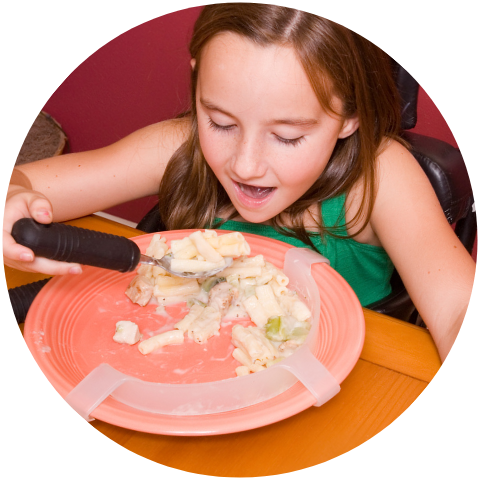To determine the assistive technology needs of a child, an AT assessment should be conducted. The assessment can be conducted by the school, an independent agency, or an individual consultant. This assessment should take place in a child’s customary environments — home, school, and community.
It is important that the assessment address the child’s/youth’s strengths as well as his/her weaknesses. It is key, when discussing how they participate in his/her world, to hear the perspectives of teachers, parents and siblings, as well as that of the child/youth. The discussion should not be limited merely to what skills the child/youth possesses but should include the ways in which a child/youth communicates, what he likes and dislikes, and what kind of strategies and interventions are helpful in interacting with them. Consideration must be given to how a child’s/youth’s need for AT might change depending on the environment, for example on the playground, the classroom, a friend’s house or in a public place like a mall or library. This type of input will provide clues as to what technology might work and how well your child will respond to it.
The end result of an assessment is a recommendation for specific devices and services. Once it is agreed that assistive technology would benefit a child, issues related to design and selection of the device, as well as maintenance, repair, and replacement of devices should be considered. Training (to use the device) and ongoing technical assistance is necessary not only for the child/youth, but also for family members, teachers, service providers, and other people who are significantly involved in a student’s life. It is also important to integrate and coordinate any assistive technology with therapies, interventions, or services provided by education and rehabilitation plans and programs.
Acquiring assistive technology does not just happen once in a lifetime. The type of devices your child needs may change depending on their age, abilities, physical status, and features of the immediate environment. Change in your child’s life may require a re-assessment of his or her assistive technology needs. Remember to specify AT assessments, devices and services in your child’s IEP, so that the school may be responsible for providing them and can help with implementation during all times of the day.



